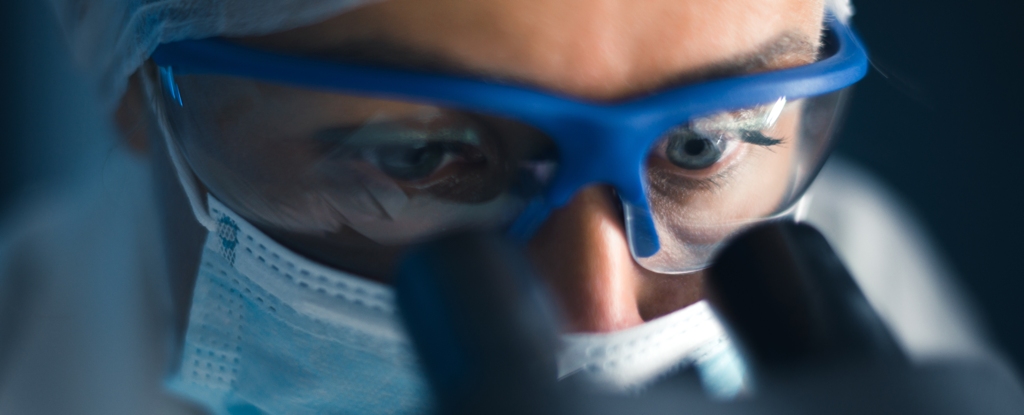Researchers have identified an entirely new class of antibiotic that can kill bacteria that are resistant to most current drugs.
Zosurabalpin is highly effective against the bacterium carbapenem-resistant Acinetobacter baumannii (Crab), which is classified as a “priority 1” pathogen by the World Health Organization due to its growing presence in hospitals.
Crab can kill up to 60% of people infected with it. It commonly causes infections of the urinary tract, respiratory tract and blood stream, potentially leading to sepsis. It is responsible for around 20% of infections in places like hospitals, care homes or other similar health care settings.
Antibiotics commonly work by crossing the cell wall that surrounds infectious bacteria to reach the vital machinery inside. Once inside the cell, antibiotics block that machinery in such a way as to either stop the bacteria from growing or to cause cell death.
Crab is a clinical challenge as it has a double-layered cell wall, a feature that microbiologists describe as “gram negative“. This means that antibiotics need to cross both layers to reach the vital machinery inside the bacteria to kill them and treat the infection.
An exception to this rule is penicillin-based antibiotics, where the target is in the cell wall itself. These antibiotics, known as carbapenems, were derived from penicillin some 48 years after it was first discovered and still work in the same way.
However, they have undergone clever chemical modification to prevent bacteria successfully evolving to resist them. This makes them a vital part of treating infections like those caused by Acinetobacter baumannii.
But Crab, the superbug version of this infection, has developed the ability to break down carbapenems, giving it an evolutionary upper hand, which has led to its rise to supremacy in hospitals.
Zosurabalpin
This new class of antibiotic, zosurabalpin, is shown to be highly effective against Crab both in the laboratory and in infected animals. Researchers tested zosurabalpin against more than 100 Crab samples from patients suffering from the infection.
The research team, found that zosurabalpin was able to kill all of these bacterial strains. It could also kill the bacteria in the bloodstream of mice infected with Crab, preventing them from developing sepsis.
Crab has the ability to make a toxin called lipopolysaccharide that it uses as part of its weaponry for infecting people and which it normally embeds into its outer cell wall.
Zosurabalpin works by blocking a molecular machine called LptB2FGC that transports the lipopolysaccharide toxin from the inside barrier to the outside one.
This makes the toxin build up inside the bacteria, causing the Crab cells to die. Essentially, the bacteria pull the pin out of their own grenade but zosurabalpin stops them from being able to throw it.
This LptB2FGC mechanism is pretty unique to Crab, which has some advantages and disadvantages. The bad news is that zosurabalpin will only kill Crab infections and not those caused by other types of bacteria. This means doctors would need to accurately diagnose patients with this infection to decide if zosurabalpin would be the right drug.
But a major advantage is that the chance of antibiotic resistance emerging is reduced, as this resistance could only emerge from Crab and not other types of bacteria. Hopefully, this could extend the shelf life of this drug.
The researchers say they have already seen some mutations in the drug target, LptB2FGC. However, these only seem to reduce the effectiveness of zosurabalpin, rather than stopping it working entirely.
The great news is that this is the first time an antibiotic has been reported to work in this way. It gives microbiologists a new avenue to explore ways to kill our bacterial enemies before they kill us.
Zosurabalpin is now in phase 1 clinical trial for use in patients infected with Crab. This early testing in humans will help the company developing the drug, Roche, to work out any side effects of the drugs as well as potential toxicity.
Most importantly, they need to check that the drug works just as well in humans as it did in mice, and look to see if any antibiotic resistance emerges in the trial patients.
It’s early days and the failure rate for new antibiotic development is high, but scientists are rising to the challenge. This discovery offers significant opportunities to the scientific field as a whole and a vital lifeline in the fight against antibiotic-resistant infections.
Jonathan Cox, Senior Lecturer in Microbiology, Aston University
This article is republished from The Conversation under a Creative Commons license. Read the original article.





